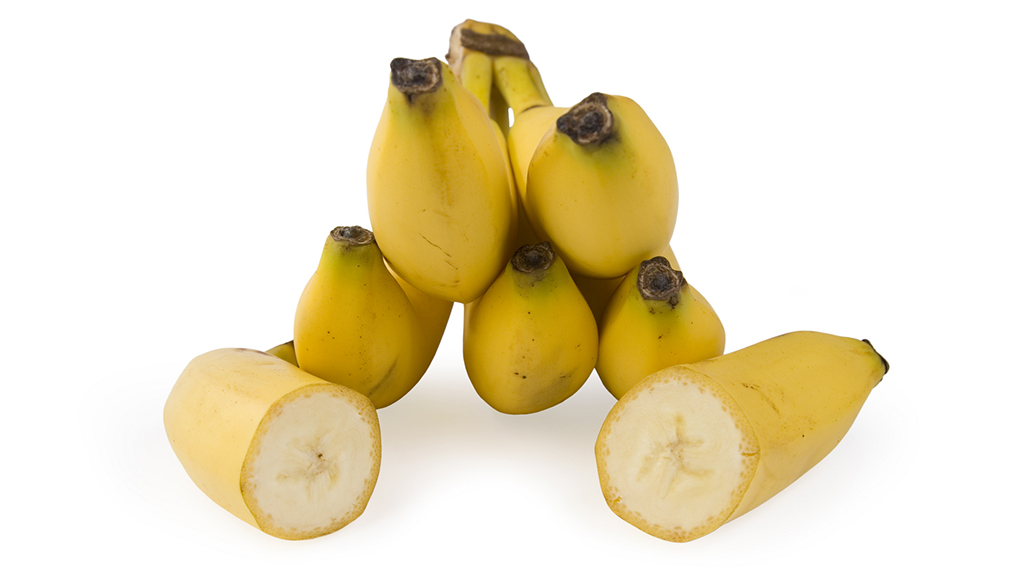Abstract
This case focuses on the banana, the most popular fruit in the world. In the first part of the case, students are introduced to the history of "Banana Republics" and the biological constraints to banana production, including the devastating fungal pathogens that cause black Sigatoka and Panama disease. In the second part, they learn about ethical consumerism, organic and conventional agriculture, and Fair Trade products. The case was developed for an interdisciplinary capstone course, "Global Issues in the Sciences." It could also be used in courses in environmental studies, general biology, agriculture, and plant pathology.



